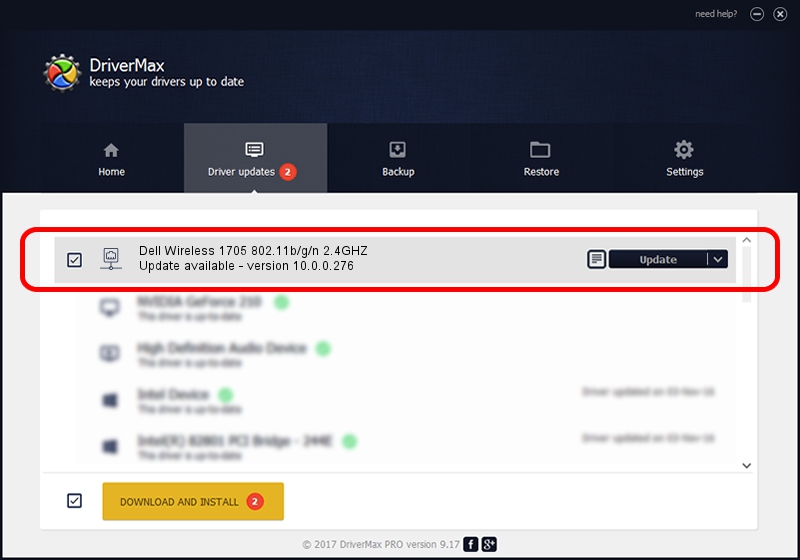

It can be enabled in the 5 GHz mode, or within the 2.4 GHz mode if there is knowledge that it will not interfere with any other 802.11 or non-802.11 (such as Bluetooth) system using the same frequencies. In addition, MIMO technology requires a separate radio-frequency chain and analog-to-digital converter for each MIMO antenna, making it more expensive to implement than non-MIMO systems.Ĭhannels operating with a width of 40 MHz are another feature incorporated into 802.11n this doubles the channel width from 20 MHz in previous 802.11 PHYs to transmit data, and provides twice the PHY data rate available over a single 20 MHz channel. Each spatial stream requires a discrete antenna at both the transmitter and the receiver. MIMO SDM can significantly increase data throughput as the number of resolved spatial data streams is increased. One way it provides this is through Spatial Division Multiplexing (SDM), which spatially multiplexes multiple independent data streams, transferred simultaneously within one spectral channel of bandwidth. MIMO is a technology that uses multiple antennas to coherently resolve more information than possible using a single antenna.
#1x1 802.11b/g/n wlan driver mac#
IEEE 802.11n is an amendment to IEEE 802.11-2007 as amended by IEEE 802.11k-2008, IEEE 802.11r-2008, IEEE 802.11y-2008, and IEEE 802.11w-2009, and builds on previous 802.11 standards by adding multiple-input multiple-output (MIMO) and 40 MHz channels to the PHY (physical layer), and frame aggregation to the MAC layer. The 802.11n protocol is now Clause 20 of the published IEEE 802.11-2012 standard. Development of 802.11n began in 2002, seven years before publication. They are commonly used today in their 802.11a, 802.11b, 802.11g, 802.11n, 802.11ac and 802.11ax versions to provide wireless connectivity in homes and businesses. 802.11 is a set of IEEE standards that govern wireless networking transmission methods. IEEE 802.11n-2009 is an amendment to the IEEE 802.11-2007 wireless-networking standard. The purpose of the standard is to improve network throughput over the two previous standards- 802.11a and 802.11g-with a significant increase in the maximum net data rate from 54 Mbit/s to 72 Mbit/s with a single spatial stream in a 20 MHz channel, and 600 Mbit/s (slightly higher gross bit rate including for example error-correction codes, and slightly lower maximum throughput) with the use of four spatial streams at a channel width of 40 MHz.

The use of MIMO- OFDM (Orthogonal Frequency Division Multiplexing) to increase the data rate while maintaining the same spectrum as 802.11a was first demonstrated by Airgo Networks. It standardized support for multiple-input multiple-output, frame aggregation, and security improvements, among other features, and can be used in the 2.4 GHz or 5 GHz frequency bands.Īs the first Wi-Fi standard that introduced MIMO (Multiple-Input and Multiple-Output) support, sometimes devices/systems that support 802.11n standard (or draft version of the standard) are being referred to as MIMO (Wi-Fi products), especially before the introduction of the next generation standard. The Wi-Fi Alliance has also retroactively labelled the technology for the standard as Wi-Fi 4.

IEEE 802.11n-2009 or 802.11n is a wireless-networking standard that uses multiple antennas to increase data rates.

#1x1 802.11b/g/n wlan driver code#
For the airport in Connecticut with the FAA code 11N, see Candlelight Farms Airport.


 0 kommentar(er)
0 kommentar(er)
